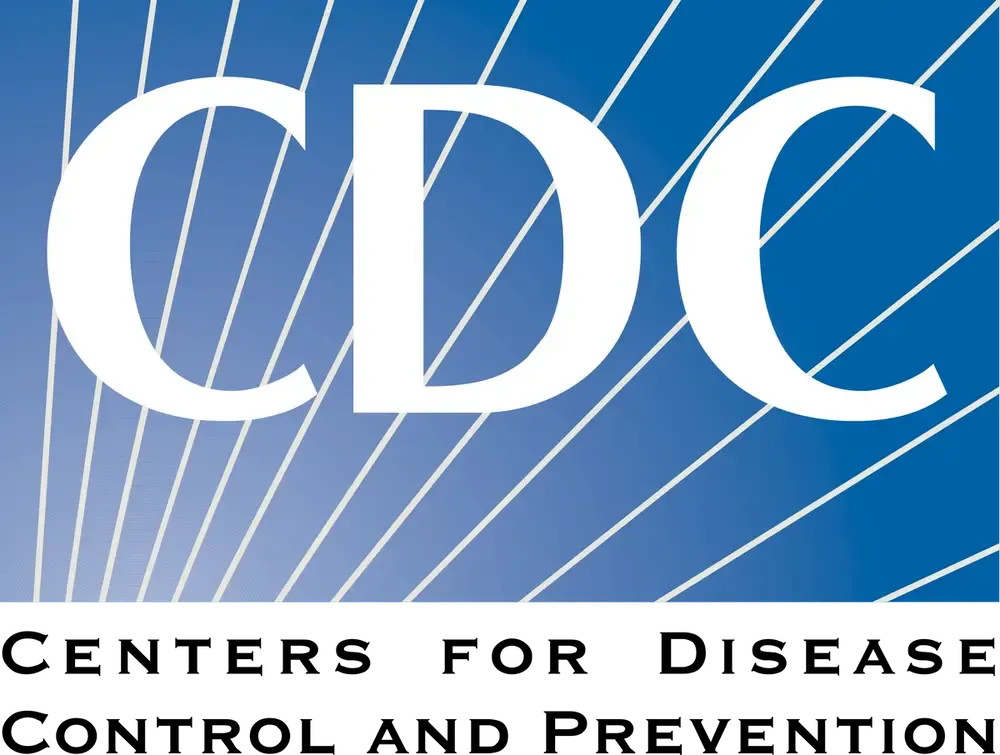
In a recent issue Emerging Infectious Diseases published by The Centers for Disease Control and Prevention (CDC), investigators conducted a study to find the outcome of fitting a power law distribution to US foodborne disease outbreaks to assess under-detection and underreporting. This revealed significant findings regarding the identification of small outbreaks over two distinct periods, 1998–2017 and 2018–2019.
There were 788 fewer small outbreaks identified annually than expected based on the power law distribution during the period from 1998 to 2017. However, after the implementation of whole-genome sequencing (WGS) in 2018, the under-detection rate improved, with 365 fewer small outbreaks identified annually than expected during the years 2018 and 2019.
The power law distribution is used as a statistical tool to analyze the frequency and size of foodborne disease outbreaks in the United States. By fitting outbreak data to a power law distribution, the CDC investigators were able to assess patterns that suggest under-detection and underreporting of outbreaks.
“We found that foodborne disease outbreak data fit a power law distribution,” investigators wrote. “On the basis of that finding, we quantified the unobserved burden of foodborne outbreaks in the United States during 1998–2019, predicting that 718 fewer than expected small outbreaks are detected, investigated, and reported every year and 1 fewer than expected large outbreak was detected and reported about every 3 years. Detection and reporting of foodborne outbreaks have improved; during 2018–2019, we estimate that underreporting of small outbreaks decreased by 54% (365/year) compared with 1998–2017 (788/year). The power law distribution quantifies improvements in detection and reporting, which could in part be explained by WGS.”1
One limitation of the study is that investigators could not prove the data does not follow a power law, which does not mean it does. The KS statistic, which looks at the biggest difference, might not catch all the ways distributions can differ. However, they tried to make the analysis strong by choosing a minimum amount to look at, comparing it with other possible distributions, and using Bootstrap to understand uncertainty better. Another issue is that they only looked at confirmed outbreaks in labs, which might leave out some cases but helps keep the comparison consistent. Also, the biggest outbreaks might be undercounted because labs might not have enough resources to test every sample, especially when an outbreak is huge.
Main Takeaways
- The implementation of whole-genome sequencing in 2018 marked a significant improvement in the detection of small foodborne disease outbreaks.
- Research has pinpointed specific food sources, such as leafy greens and charcuterie meats, as major contributors to outbreaks of E. coli O157:H7 and Salmonella.
- The CDC’s study found a notable decrease in the under-detection of these outbreaks, with an annual reduction of identified small outbreaks from 788 to 365 compared to the expected numbers based on power law distribution.
In recent reporting from Contagion, The CDC identified a specific E coli strain, O157:H, to be responsible for numerous leafy greens–associated outbreaks during 2016-2019. A specific strain of E coli O157:H7 associated with leafy greens has been the source of ongoing enteric illness since late 2016. This strain is estimated to have emerged in late 2015 and consists of 2 clades with different geographic distributions, one of which has notable genomic features.2
The investigators pointed out that cattle are typically the largest reservoir for this strain of E coli, but in recent years, contaminated leafy greens have been recognized as a major source of outbreaks. “In foodborne illness attribution estimates for 2020 based on outbreak data, 58.1% of E coli O157:H7 illnesses were attributed to vegetable row crops, a category that includes leafy greens,” the investigators wrote. Overall, it is estimated that E coli O157:H7 causes approximately 63,000 acquired foodborne illnesses and 20 deaths in the United States annually.2
As of January 2024, the CDC released a salmonella outbreak linked to charcuterie meats, with 47 illnesses and 10 hospitalizations across 22 US states.3
“Most people infected with Salmonella experience diarrhea, fever, and stomach cramps. Symptoms usually start 6 hours to 6 days after swallowing the bacteria,” according to the CDC. “Most people recover without treatment after 4 to 7 days. Some people—especially children younger than 5 years, adults 65 years and older, and people with weakened immune systems—may experience more severe illnesses that require medical treatment or hospitalization.”3
The application of power law distribution analysis by the CDC has quantitatively improved the understanding of foodborne disease outbreak detection and reporting in the US, particularly highlighting the effectiveness of WGS in identifying smaller outbreaks. The research also identifies specific food sources, such as leafy greens and charcuterie meats, as significant contributors to E. coli O157:H7 and Salmonella outbreaks. These findings emphasize the importance of advanced genomic techniques in public health surveillance and the need for ongoing vigilance in food safety practices to mitigate the impact of foodborne illnesses.
References
- Ford L, Self JL, Wong KK, et al. Power law for estimating underdetection of foodborne disease outbreaks, united states. Emerging Infectious Diseases. Published February 2024. Accessed February 6, 2024. doi:10.3201/eid3002.230342.
- Parkinson J. CDC: reoccurring strain of e coli is source of foodborne illness. ContagionLive. Published September 23, 2024. Accessed February 6, 2024. https://www.contagionlive.com/view/cdc-reoccurring-strain-of-e-coli-is-source-of-foodborne-illness
- CDC. Salmonella outbreak linked to charcuterie meats. Centers for Disease Control and Prevention. Published January 28, 2024. Accessed February 6, 2024. https://www.cdc.gov/salmonella/charcuterie-meats-01-24/index.html